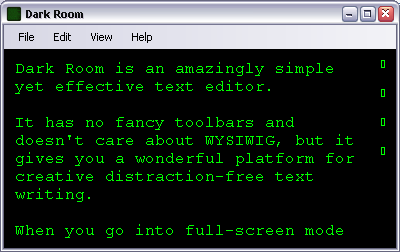Just learned from Ryan's post at CyberNet that IE7 is officially released, and thought I'd mention this here for historical purpose: Internet Explorer 7 is available for download.
I don't think I'll even try it, cause I'm a solid Firefox guy, but for everyone interested, here's some useful info:
Internet Explorer 7 – direct download links:
32-bit versions: IE7 – Windows XP and IE7 – Windows Server 2003
64-bit versions: IE7 – Windows XP/Server 2003
Internet Explorer blog: IEBlog @ blogs.msdn.com

Recent Comments